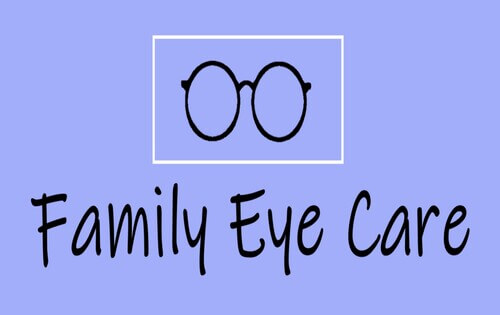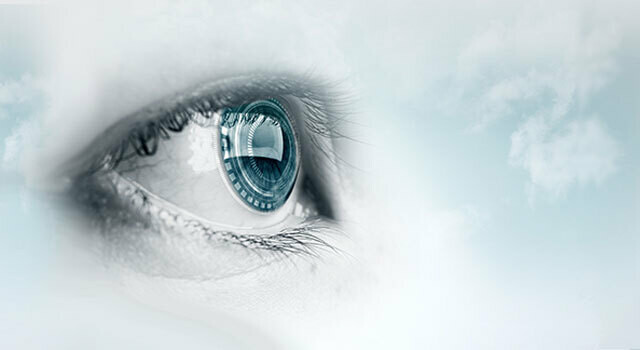The Total Failure of Retina Disorders and Exactly How They Affect Your Vision
Retina problems can disrupt this fragile process, leading to a range of vision impairments. By checking out the makeup of the retina, typical disorders that can impact it, their causes, signs, and available therapy choices, we can acquire valuable understandings into preserving and safeguarding our vision.
Introduction of Retina Anatomy
The detailed structure of the retina acts as the foundation for aesthetic perception and plays an essential role in the procedure of transforming light into neural signals for the mind to analyze. Located at the rear of the eye, the retina is composed of a number of layers that work with each other perfectly to help with vision. At the core of this intricate structure are photoreceptor cells called cones and poles. Rods are liable for vision in low light problems and discovering motion, while cones are important for shade vision and in-depth aesthetic acuity. These photoreceptor cells convert light energy into electrical signals that are then refined by various other retinal cells, such as bipolar cells and ganglion cells. The bipolar cells send signals from the photoreceptors to the ganglion cells, which in turn send out these signals through the optic nerve to the brain for aesthetic handling. Comprehending the elaborate composition of the retina is fundamental in understanding how vision functions and exactly how numerous retina disorders can affect aesthetic assumption.

Usual Retina Disorders
Retina problems include a series of problems that affect the elaborate framework of the eye in charge of aesthetic processing. One common condition is age-related macular deterioration (AMD), a leading cause of vision loss in individuals over 50. AMD impacts the macula, a component of the retina essential for sharp central vision, resulting in blurriness or unseen areas in the main visual area.
An additional prevalent problem is diabetic person retinopathy, taking place in individuals with diabetic issues. High blood sugar level levels harm the capillary in the retina, resulting in vision impairment or loss of sight if left unattended. Retinal detachment is a significant problem where the retina draws away from its typical setting, triggering a sudden onset of floaters, flashes of light, or loss of vision in a curtain-like pattern.
Finally, retinitis pigmentosa is a team of congenital diseases that cause the malfunction and loss of cells in the retina, bring about evening loss of sight and a steady constricting of the visual area - eye center andalusia. Recognizing these typical retina conditions is critical in protecting vision and seeking prompt medical intervention
Sources Of Retina Disorders
Numerous factors add to the advancement of retina disorders, consisting of genetic predispositions, lifestyle options, and underlying health and wellness problems. Hereditary proneness play a significant function in many retina problems, such as retinitis pigmentosa and macular degeneration. Individuals with a family history of these problems are at a greater risk of establishing them because of acquired hereditary anomalies impacting the retina's function.
Way of living choices can likewise affect retina wellness. Smoking, for example, has been connected to a raised danger of age-related macular deterioration, a typical retina disorder that can cause vision loss. Poor dietary practices doing not have vital nutrients like vitamins A, C, and E, as well as omega-3 fatty acids, can additionally contribute to the growth of retina conditions.
Underlying health problems, such as diabetes and high blood pressure, are known to influence the retina. Diabetic retinopathy, a problem of diabetes, can trigger damages to the blood vessels in the retina, leading to vision problems. Likewise, high blood pressure can result in hypertensive retinopathy, where hypertension affects the capillary in the retina, possibly creating vision troubles. Recognizing these reasons is critical in preventing and handling retina problems.
Signs and Diagnosis
Offered the considerable influence that causes such as genetic predispositions, way of life selections, and underlying health conditions can carry the development of retina problems, it is vital to identify the symptoms and use efficient analysis techniques for very early detection and management. Signs and symptoms of retina conditions can vary depending on the particular condition but may consist of obscured or misshaped vision, the unexpected appearance of advances or flashes of light, a dark spot in the facility of your vision, or a gradual loss of central vision. It is important to seek instant medical interest. if you experience any additional hints of these signs and symptoms.
Early detection via normal eye tests is essential to avoiding vision loss and managing retina problems efficiently. If detected with a retina condition, your healthcare provider will certainly function with you to develop a personalized therapy strategy to maintain your vision.

Treatment Options and Monitoring
Treatment options for retina problems vary depending on the underlying cause and seriousness of the problem. In instances of retinal detachment, surgical treatments such as vitrectomy or scleral fastening may be needed to stop and reattach the retina vision loss.
In diabetic retinopathy, taking care of blood sugar degrees is vital to avoid additional damages to the blood vessels in the retina. Furthermore, therapies like laser surgical treatment or shots may be suggested to lower swelling and protect against Source vision loss. Routine eye tests and early detection of retina conditions are necessary for successful administration and treatment results. People with retina problems ought to work very closely with their eye doctor to develop a tailored treatment strategy that addresses their particular demands and helps keep optimal visual feature.
Final Thought
Finally, understanding the composition of the retina, typical conditions, creates, signs and symptoms, medical diagnosis, and therapy alternatives is critical in taking care of vision problems. Retina problems can significantly influence vision and top quality of life, making early discovery and proper monitoring vital. By staying informed about these problems and looking for proper treatment, individuals can much better preserve their vision and maintain general eye health.

Comprehending the complex composition of the retina is essential in understanding exactly how vision features and exactly how different retina conditions can affect visual perception.
Retinal detachment is a major disorder where the retina pulls away from its regular placement, creating an abrupt start of drifters, flashes of light, or loss of vision web link in a curtain-like pattern.
Signs of retina disorders can differ depending on the details problem yet might include blurred or distorted vision, the abrupt look of drifters or flashes of light, a dark place in the facility of your vision, or a progressive loss of central vision.In final thought, understanding the anatomy of the retina, usual conditions, triggers, symptoms, diagnosis, and treatment choices is essential in managing vision disabilities.